The Musicians Vs. Machines: How will AI impact music?
This is a screenshot of Soundraw, a website home page with a series of pictures and the text “Stop Searching for the Song You Need. Create it. Royalty Free Music, AI Generated for You”
May 9, 2023
Many people have been talking about artificial intelligence recently and for good reason. AI has become more and more of a common place and everyday life, and it doesn’t seem to be going away anytime soon. But when it comes to music based AI, Should be be worried? And Is it ethical?
To answer this, It’s crucial to understand the basics.
So, How does the Artificial Intelligence’s programming learn?
Well, simply put, it learns from hundreds to thousands of samples given to it, this list of samples is called a dataset. The AI then spits out something generated from what it learned from that scanned dataset. When it comes to music, the samples are often short song clips labeled with basic terms like jazz, horns, or drums that are then fed through. This process allows the AI to interpret the text prompts you type in or select, and make something from it.
Where do they source this music for learning? MusicLM, Google’s yet to be released AI music generator, has a publicly available dataset that anyone can open and see. The samples consist of scrubbed youtube videos of live performances and many other mish mashed content such as this instrumental renaissance piece. Keep in mind it’s without the uploader’s permission, but even MusicLM fares better than most. Many sites don’t have a public data set at all, meaning we have no idea what’s being fed to the AI
Is it moral?
This is where things get messy, assuming everything used by these AI’s is royalty free. Maybe? Some policies limit the creator’s ability to release music like Soundraws 60% rule that reads “You need to include a new sound not available in Soundraw to 60% or more of the song downloaded from Soundraw (for example, your vocals or a new instrument).” This was put in place because they want Soundraw “to be a platform that helps our users in their creative endeavors, not a tool to help malicious users flood the Internet with AI generated music.” While I do have a little problem with the $16.99 monthly paid memberships, due to the fact they are making money off other peoples work, I see the intent of it. All this being said, there’s nothing stopping a website that doesn’t have a policy akin to Soundraws.
The role of AI in art has also been hotly debated, with some questioning if it should be used at all. My general rule is keep it out, art is an inherently human thing, and while I do see the use as a tool, the application of it may devalue music as a whole.
Is the music actually any good: No, not really, everything I’ve been able to make on publicly available AI was choppy, poorly arranged, and clearly royalty free sounding. So don’t be worried yet, you won’t be hearing any AI made songs on the radio any time soon.
So there you have it! All the basics about AI music. It’s a complicated issue we will see continue to evolve over the coming years, for better or worse.
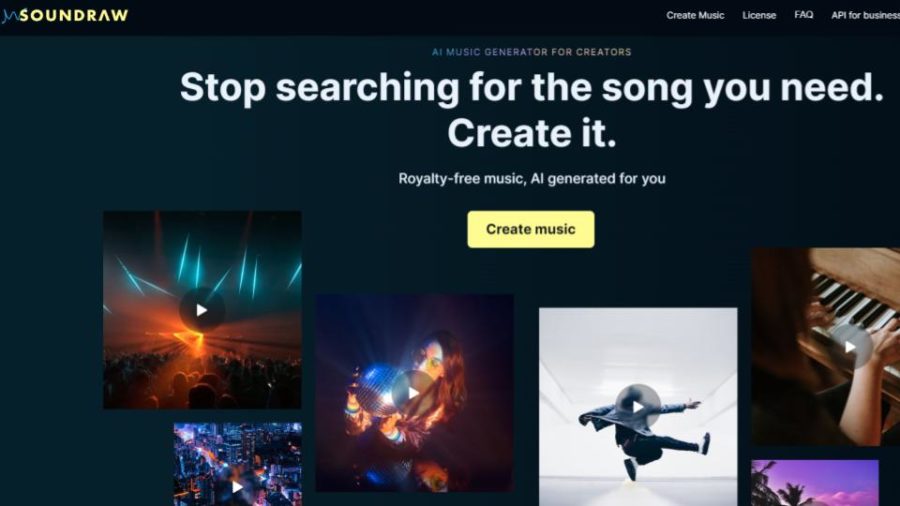
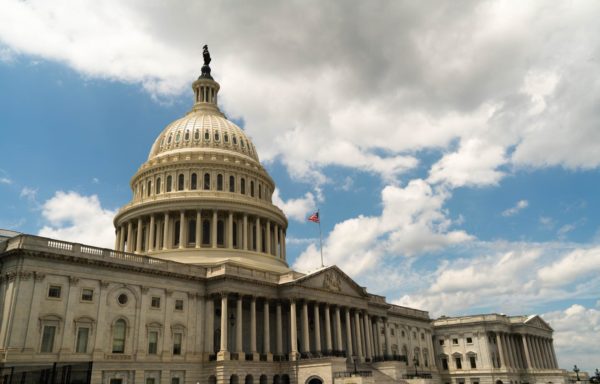
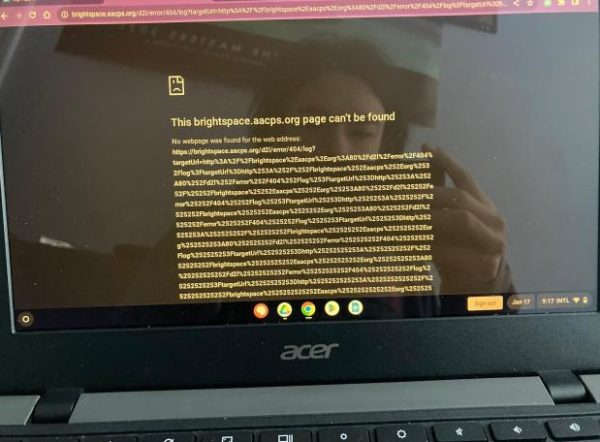
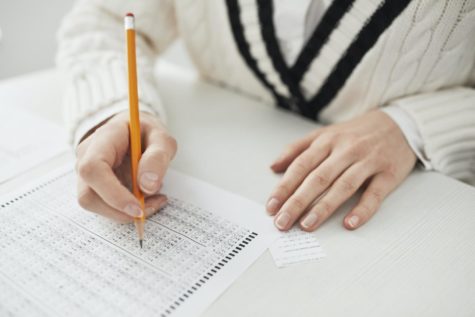



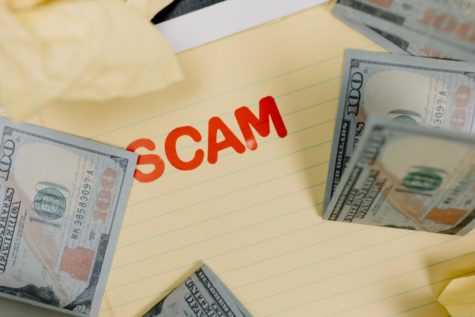
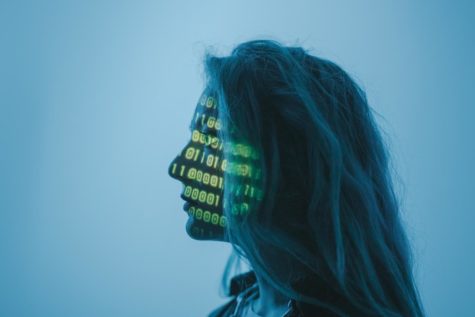
Kathy Thalls • May 12, 2023 at 12:20 pm
You are so right! Some things (music) is better left to real musicians.